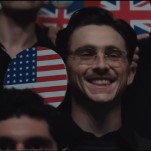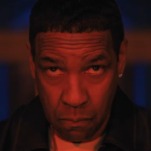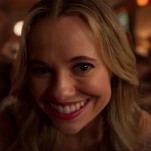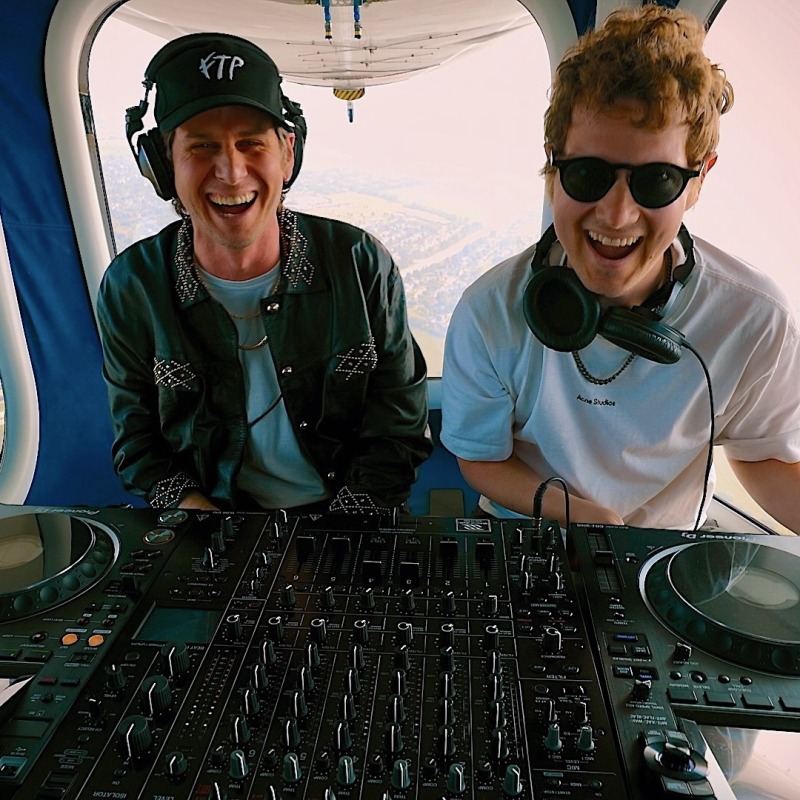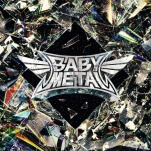Sketch Comedy Showdown: The Rivals Saturday Night Live Has Left In Its Wake
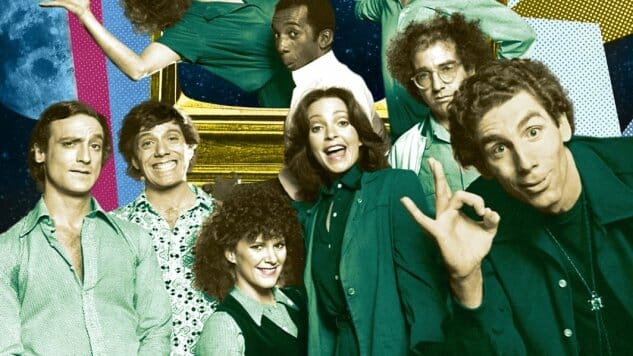
Saturday Night Live has, pound-for-pound, taken more shit than any other television show. Part of that is sheer longevity. The show has been on since 1975, when it was known as NBC’s Saturday Night. When you are around that long, you open yourself to taking more criticism in terms of sheer quantity. It’s also a sketch show, and sketch shows are inherently more uneven that, say, a sitcom or a nice hour-long drama. It’s a live sketch show, in addition, which only adds to the potential for things to go wrong. Furthermore, by being around for so long SNL has made itself a target for anybody with even a hint of nostalgic leanings. The old axiom is that everybody’s favorite SNL cast is the one from when they were 13. Due to its constantly rotating cast, and the inevitability of human aging, the show never remains the show you remember, and some people can’t handle that. The Simpsons has run into the same problem, but it hasn’t even been around as long as SNL, and Homer Simpson is always there while, say, Bill Murray is not.
Despite all this, Saturday Night Live has chugged along, bloodied but not broken by a constant barrage of disdain and complaint. It keeps churning out new comedy year-after-year, and it keeps breaking new comedic actors. Decades after the show debuted, we got the likes of Bill Hader and Kristen Wiig graduating from the show to big things, and it seems likely Kate McKinnon is likely to join them. Part of what makes SNL’s run so impressive is how it survived through all the shows that have tried to challenge it over the years, or at least replicate its success. Several shows have borrowed SNL’s late-night variety show formula, both direct competitors and prospective alternatives airing on other nights. None of them have lasted that long, yet Saturday Night Live marches on. Its rivalries have helped shape SNL’s legacy, and here’s a look back at some of the more notable rivals.
We should probably start with the show that is the reason Saturday Night Live was called NBC’s Saturday Night at the beginning. In 1975, ABC had a show called Saturday Night Live with Howard Cosell. Yes, the longtime sports broadcaster, and frequent Match Game answer, was the host of a Saturday night sketch show. It aired in primetime, so it was slightly different than SNL, but it was a Saturday evening sketch comedy show. The cast, known as the Prime Time Players, included such future SNL vets as Bill Murray and Christopher Guest, and yes, this is the reason that SNL’s original cast was called the Not-Ready-For-Prime-Time Players. ABC’s little show had, weirdly, a big impact on SNL. It also died a quick death after 18 episodes, because Howard Cosell wasn’t funny. Not long after vanquishing its first foe, NBC’s Saturday Night became Saturday Night Live.
One of the most successful, at least critically, and in terms of future star quality, was Canada’s Second City Television, also known as SCTV. Comedy icons such as John Candy, Eugene Levy, Andrea Martin, Joe Flaherty, Rick Moranis, Catherine O’Hara, Harold Ramis, Martin Short and Dave Thomas were among the actors who played denizens of the fake Canadian town of Melonville. The show had a nice run, going from 1976 until 1984, although it was only aired in Canada until 1981. That year NBC picked it up to air on Friday nights as a replacement to the music show The Midnight Special, and it was expanded to a whopping 90 minutes. Although not a direct rival to Saturday Night Live, it was NBC’s Friday night equivalent, and ran opposite the last half-hour of ABC’s own SNL knock-off, Fridays. (More on that one in a little bit.) And in terms of quality, it was a big step up from the SNL of the era, which was salvaged almost single-handedly by the presence of Eddie Murphy.
SCTV was a really good show, which is probably not surprising given that cast, and had a stronger comedic framework than SNL. Instead of just a series of sketches, it was all based around the concept of a TV station, through which it mocked much of the pop culture of the time. It even spawned a movie, Strange Brew, featuring Moranis and Thomas as their iconic characters Bob and Doug McKenzie. It’s a mediocre film, even though Max Von Sydow is in it, but that makes it par for the course with most SNL movies. In addition to the McKenzies, there were other delightful characters such as Flaherty’s horror host Count Floyd, Levy’s schticky comedian Bobby Bittman, and Short’s Ed Grimley. Despite its quality, it could not sustain itself for a lengthy period of time. Part of it is because NBC wanted to move them to Sunday in primetime, where it would have had to become more family friendly. As such, their final season was on Cinemax in the United States, with 45 minute episodes, and with a limited cast.
-

-

-

-

-

-

-

-

-

-

-

-

-

-

-

-

-

-

-

-

-

-

-

-

-

-

-

-

-

-

-

-

-

-

-

-

-

-

-

-































